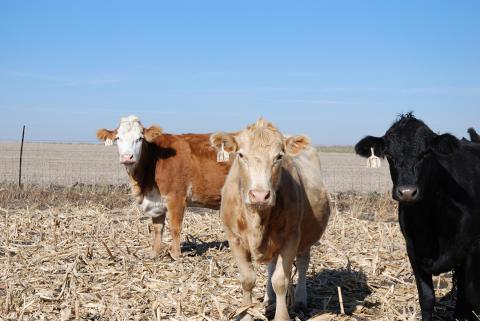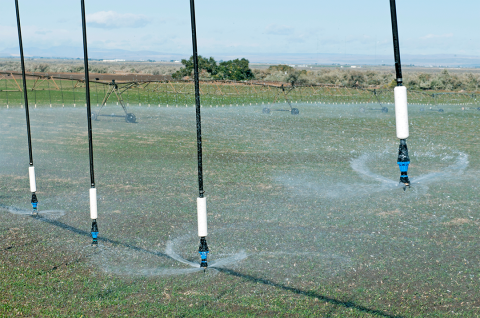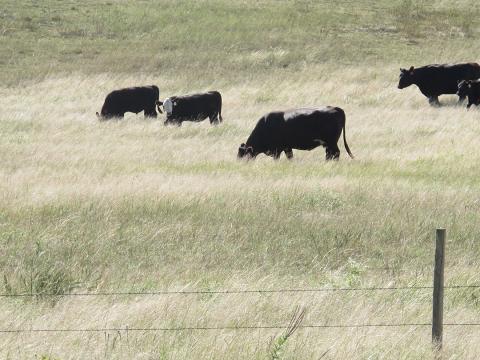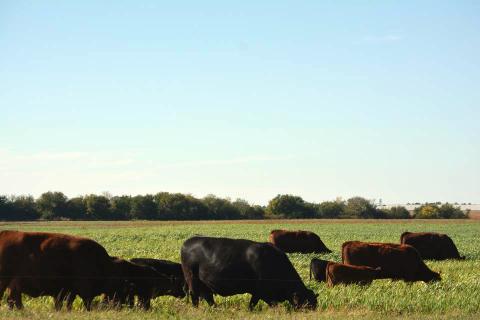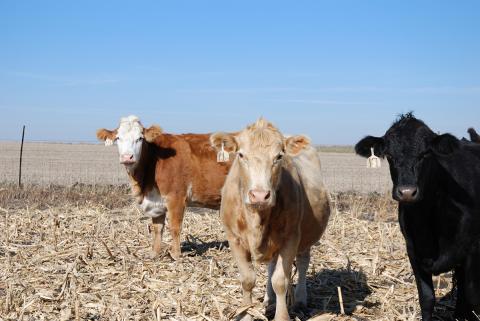Pasture and Forage Minute: Grazing Grain Sorghum Stover and Corn Residue
October 26, 2023
A review of the pros and cons of grazing sorghum and corn residue, and how to maximize the nutritional benefits of each.
Pasture and Forage Minute: Grazing and Fall Irrigation of Alfalfa
October 18, 2023
The pros and cons of grazing fall alfalfa, and capturing the benefits of targeted fall alfalfa irrigation after a dry year.
Grass and Grazing Webinar Series Scheduled in October and November
October 12, 2023
The webinar series will cover topics of grass species selection, calculating stocking rates, developing grazing plans, understanding insurance as a drought risk management tool, and more.
Nebraska Extension Provides Cover Crop Grazing Conference Nov. 7
October 12, 2023
This expo will help first-time and experienced farmers looking to fine-tune their grazing management utilizing cover crops as an alternative forage source.
Pasture and Forage Minute: Prussic Acid Following Freeze, Soybean Residue for Forage
October 12, 2023
Learn more about avoiding prussic acid poisoning in sorghum following a freeze, and why producers should always supplement when feeding soybean residue.
Frosted Sorghum and Prussic Acid
October 6, 2023
A review on how to safely graze forage sorghum species after freezing temperatures.
Pasture and Forage Minute: Hunting Rights with Land Leases, Fall Thistle Control
October 3, 2023
A look at landlord and tenant hunting rights in land leases, and tips on managing pasture thistles this fall.
Pasture and Forage Minute: Lease Agreement Conditions, Grazing Drought-stressed Crop Residue
September 27, 2023
Extension educators review important factors to consider when entering a land lease agreement, overgrazing pastures in preparation for interseeding legumes, and using drought-stressed crop residue as a feed source.
